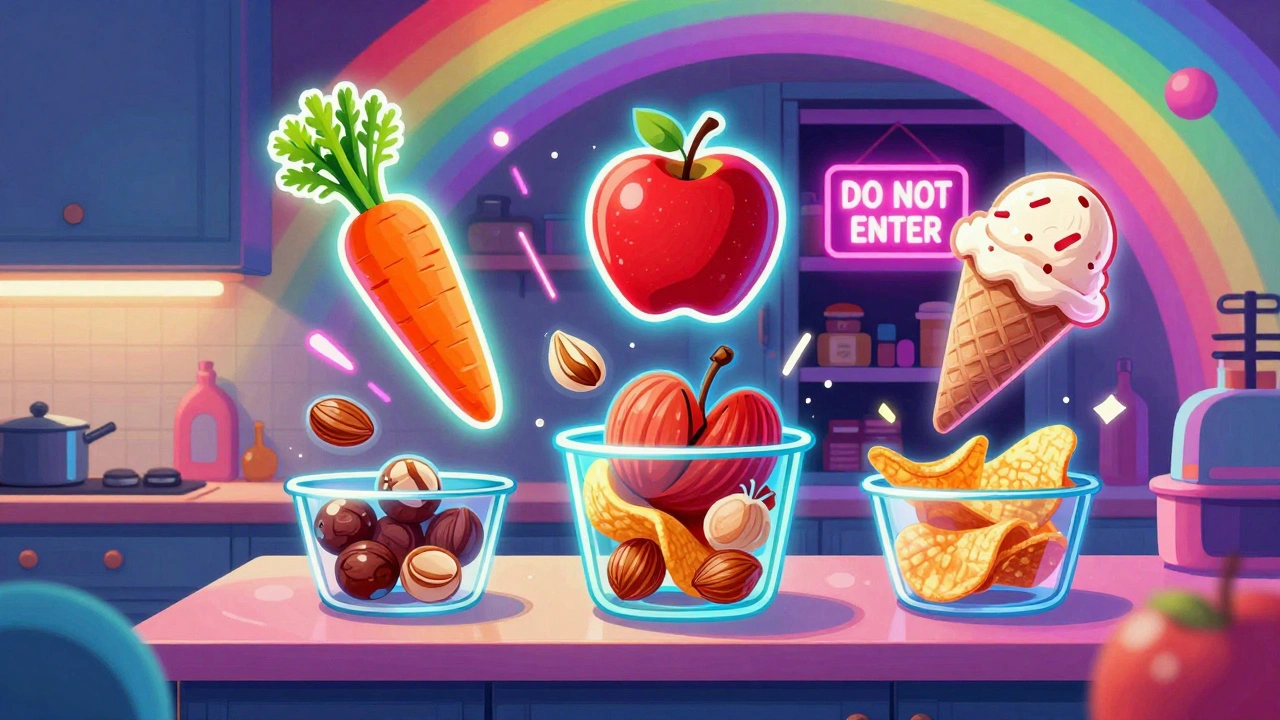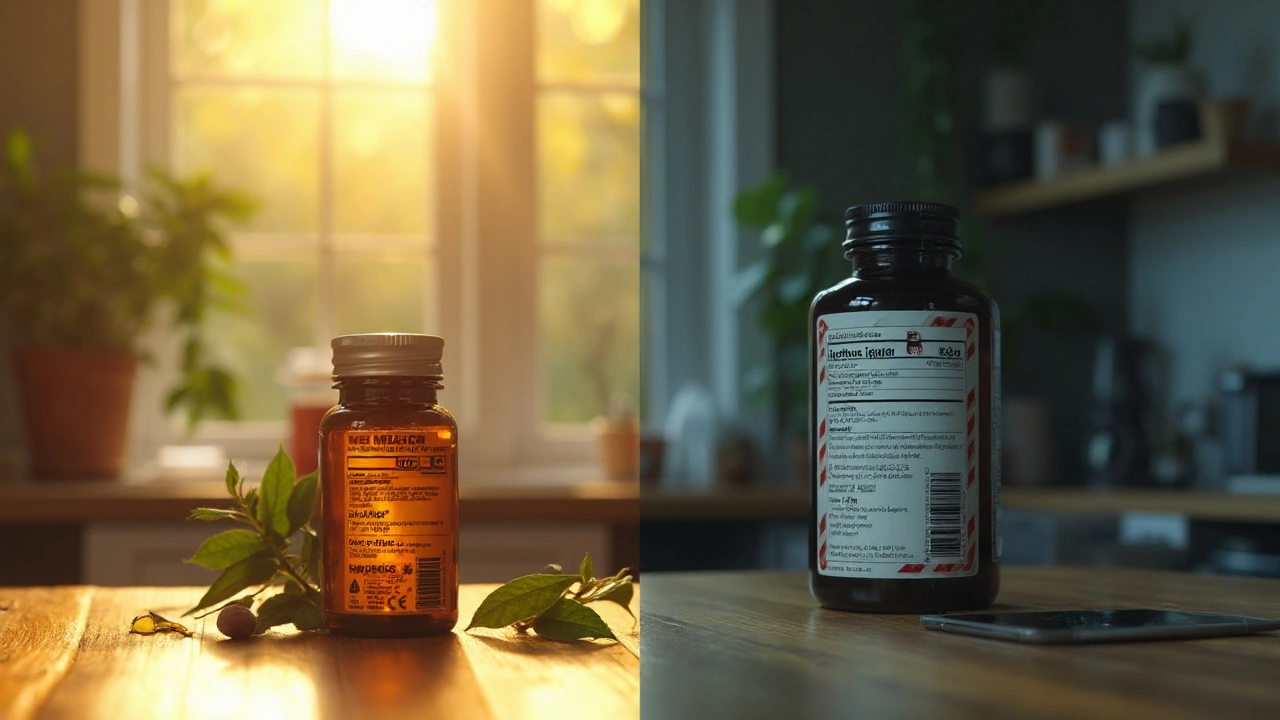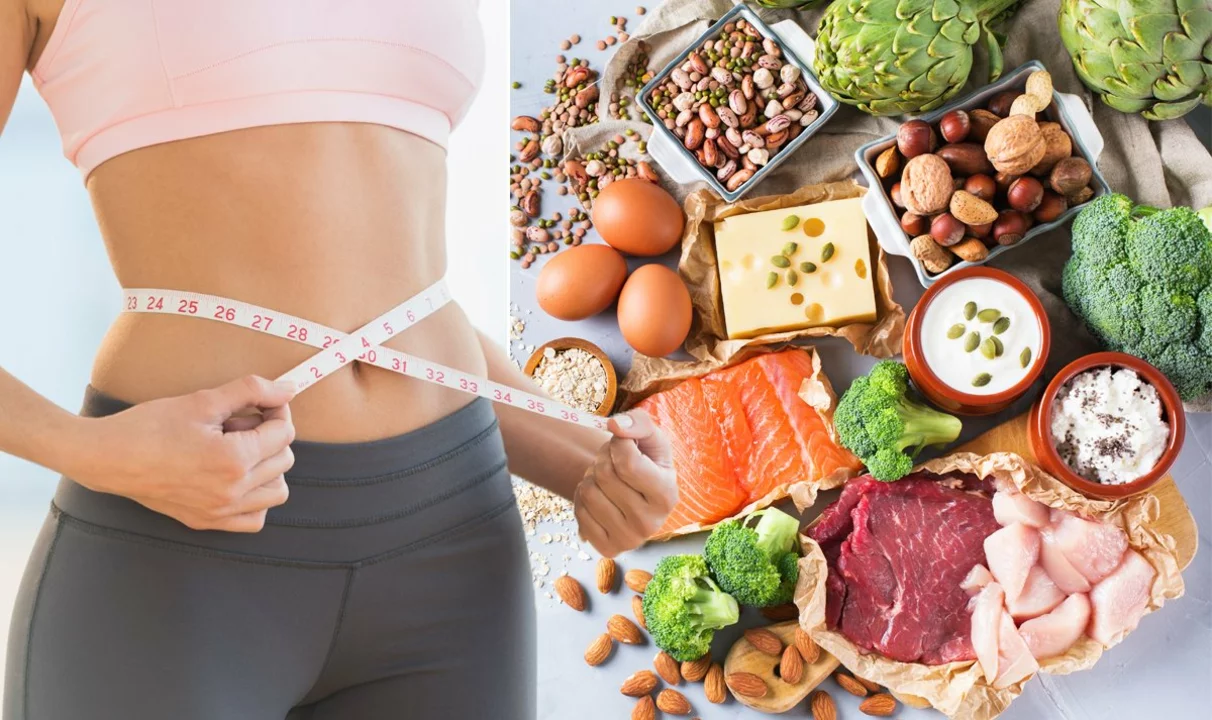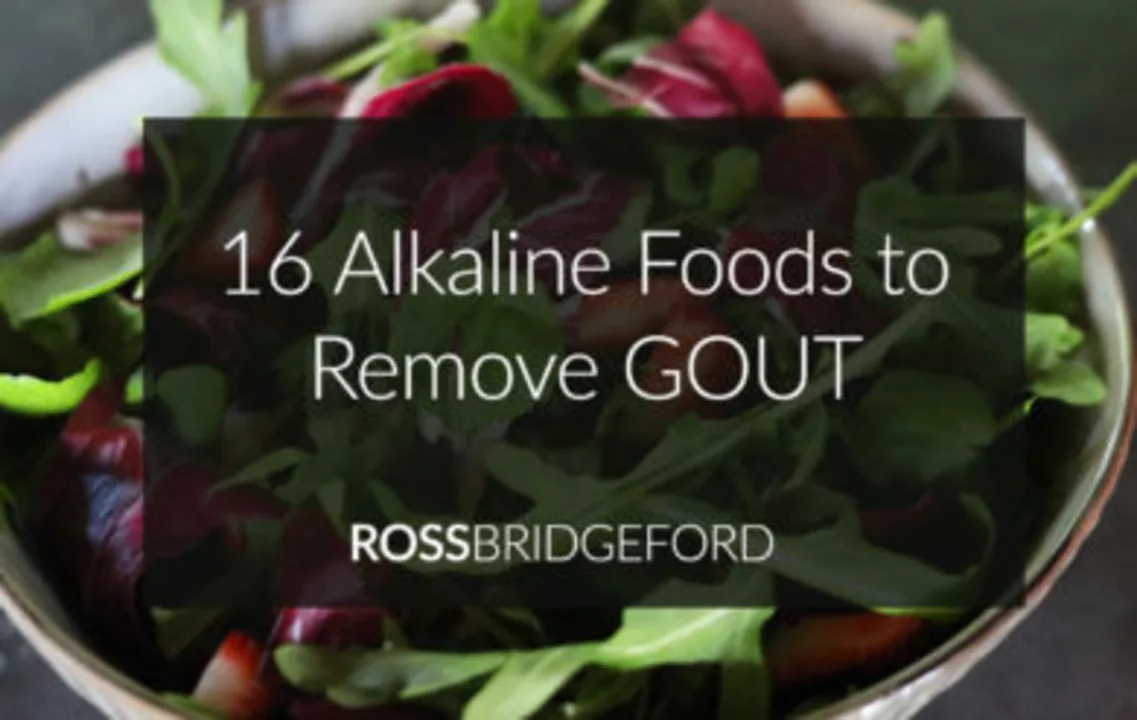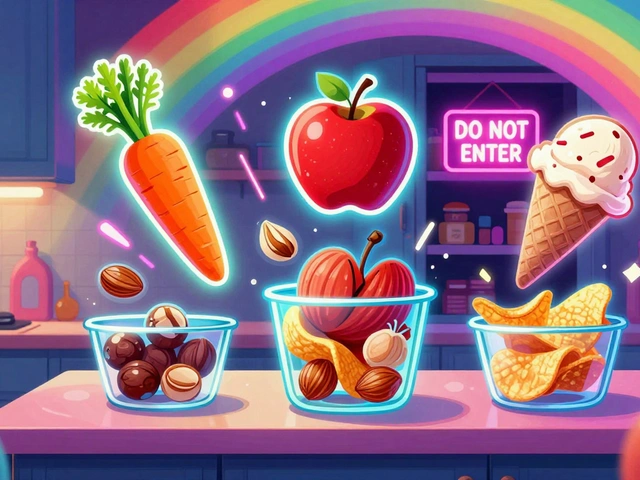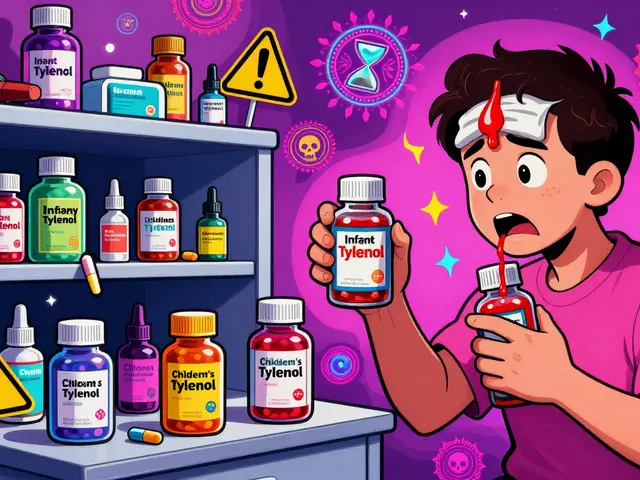Health and Nutrition: Practical Food Tips You Can Use Today
Confusing diet advice is everywhere. Here you'll get simple, usable nutrition tips that actually make life easier — not harder. I’ll show quick swaps, explain why great plantain can be a plus in your meals, and list what to avoid when uric acid is a problem. No fad talk, just practical moves you can try this week.
Easy swaps that improve daily nutrition
Want better energy and fewer cravings? Focus on small changes. Swap sugary drinks for sparkling water with a squeeze of lemon. Choose whole grains like brown rice or oats instead of white bread. Add a handful of nuts or a boiled egg to your morning to keep you full longer. These swaps keep blood sugar steadier and cut empty calories without feeling like a diet.
Eating vegetables is easier when they’re convenient. Roast a big tray of mixed veggies on the weekend, then use them through the week in wraps, bowls, or omelets. If you hate plain salads, try warm bowls with roasted veg, a grain, and a simple dressing — tastes better and feels like a meal, not punishment.
Great plantain: how to use it and why it helps
Great plantain isn’t just a wild weed — it’s a useful food and herb. Cooked plantain leaves and fruits supply fiber, vitamins like A and C, and minerals such as potassium. People use cooked plantain in stews or mash ripe plantain like you would plantain or banana, and young leaves can be lightly cooked with garlic for a mild green side dish.
Plantain can help digestion because of its fiber and may have mild anti-inflammatory effects. If you’re dealing with occasional digestive upset, try a small serving of cooked plantain with yogurt or a broth-based meal to see if you feel better. Start small and watch how your body responds — that’s the best test.
If you want to add plantain to your routine, try it in two ways this week: bake sliced ripe plantain as a snack instead of chips, and stir chopped young leaves into soups or sautés for an easy veggie boost.
Worried about high uric acid? Some foods make it worse. Avoid or limit red meat, certain seafood (like anchovies and sardines), organ meats, sugary drinks, and excessive alcohol. These raise purine intake and can trigger gout attacks. Swap in legumes, low-fat dairy, and plenty of vegetables. Drink more water — hydration helps flush uric acid.
Small, consistent changes beat extreme plans. Try one swap from each section this week: a drink swap, a plantain recipe, and cutting back on one high-purine food. Track how you feel after a few days — energy, digestion, and joint comfort often show quick wins. If you have ongoing issues, talk with a healthcare pro, but these steps give you a sensible starting point for better health and nutrition.
Food Environment: How to Set Up Your Home Kitchen to Support Weight Loss
Your home kitchen shapes your eating habits more than willpower. Learn how to reorganize your food environment to make healthy choices automatic and support lasting weight loss.
Ignatius Bean (Ignatia amara) Supplement: Benefits, Risks, and Evidence
Is Ignatius bean a miracle or a risk? Get the facts on benefits, safety, legal status in Australia, and science-backed alternatives before you buy.
Oswego Tea (Monarda didyma): Why It’s Poised to Lead Dietary Supplements in 2025
Curious about Oswego tea? Here’s the science, benefits, how to use it, safety tips, and what to buy-clear, practical, and evidence-backed for 2025.
Discover the Amazing Benefits of Great Plantain in Your Daily Diet
I recently discovered the amazing benefits of great plantain, and I just had to share this with you all! By incorporating this versatile plant into our daily diets, we can enjoy benefits like improved digestion, boosted immunity, and reduced inflammation. Not only that, but great plantain is also packed with essential vitamins and minerals. So, if you haven't already tried this fantastic superfood, I highly recommend giving it a go and reaping its numerous health benefits. Trust me, your body will thank you!
Top 10 foods to avoid if you have high uric acid levels
In my latest blog post, I've compiled a list of the top 10 foods to avoid if you have high uric acid levels. These foods, rich in purines, can trigger painful gout attacks and worsen your condition. Some of the top offenders include red meat, seafood, sugary beverages, and alcohol. By steering clear of these foods, you can significantly lower your uric acid levels and improve your overall health. Check out the full list on my blog to learn more about these dietary changes and how they can benefit you.
